When was the last time you were truly happy?
This might sound like an odd question in a time of crisis, in the midst of a pandemic, but it’s a valid question nonetheless. Amidst the chaos, fear, and uncertainty that abounds are we allowed to be happy? Is it even possible?
Over the last several days I’ve been particularly interested in the concept of resilience and have explored ways to foster a positive mindset, especially during challenging times. Coronavirus has created a gaping hole that has quickly filled with the increasing number of things now out of my control. No longer can I uphold the same habits and routines that used to define my normal, everyday schedule; no longer can I feel fully autonomous and in control of the events around me. However, while I may not be able to control my immediate environment or the larger world we live in, I can control how I respond to this new context, and I’m determined to show up in a powerful, purpose-driven way.
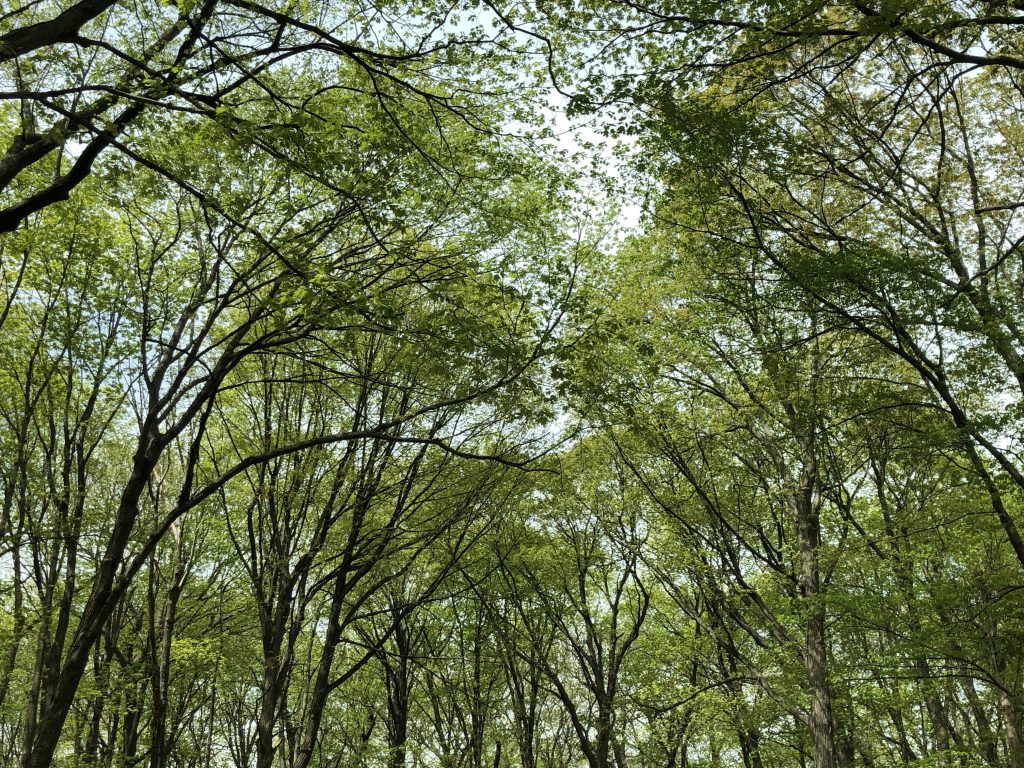
In other words, I’m determined to live with a “magenta mindset.”
Magenta symbolizes harmony, stability, and emotional balance. It embodies universal love at the highest level and represents compassion, kindness, self-respect, and contentment. But perhaps more than anything, magenta is beautiful. It is unapologetically, bold, loud, and expressive. It is deeply rich and teeming with life, energy, and bountiful vivacity. Magenta contains both sorrowful shades of blues and fiery shades of reds, ultimately combining these hues to forge its own path and create its own joy.
Perhaps, more than anything, magenta is happy.
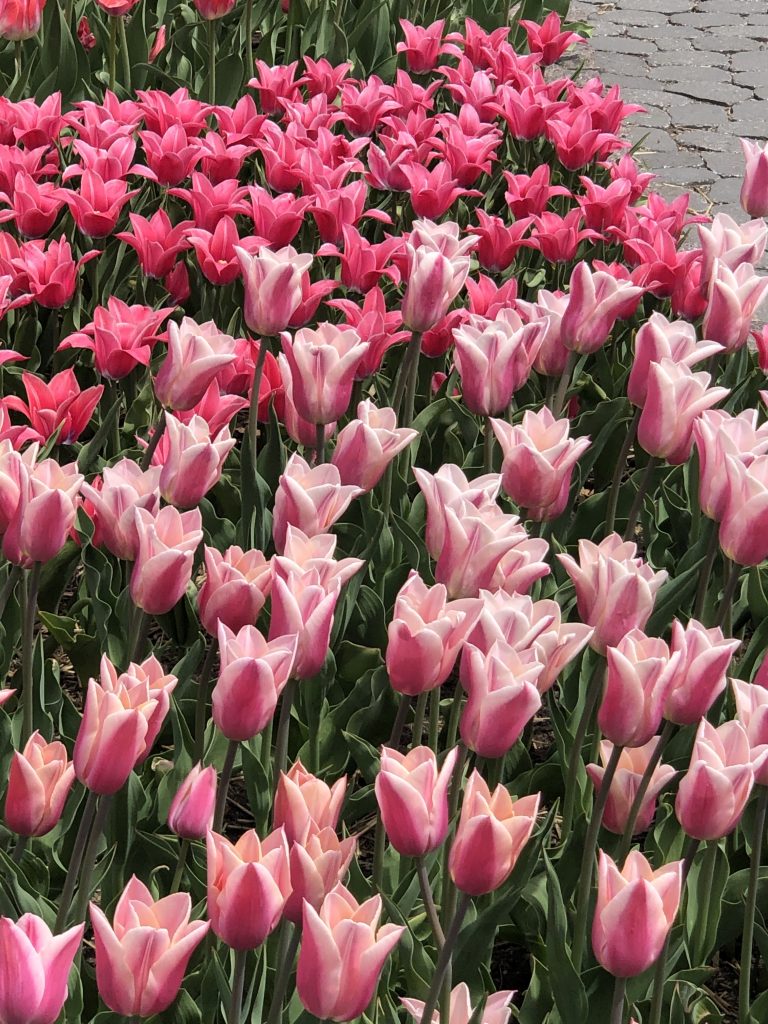
Shawn Achor, author of The Happiness Advantage: The Seven Principles of Positive Psychology That Fuel Success and Performance at Work and Big Potential: How Transforming the Pursuit of Success Raises Our Achievement, Happiness, and Well-Being studies what causes people to find greater moments of optimism, meaning, and joy. Throughout his work Achor shows we can leverage positive psychology to find beauty and gratitude even in times of fear, pain, and uncertainty.
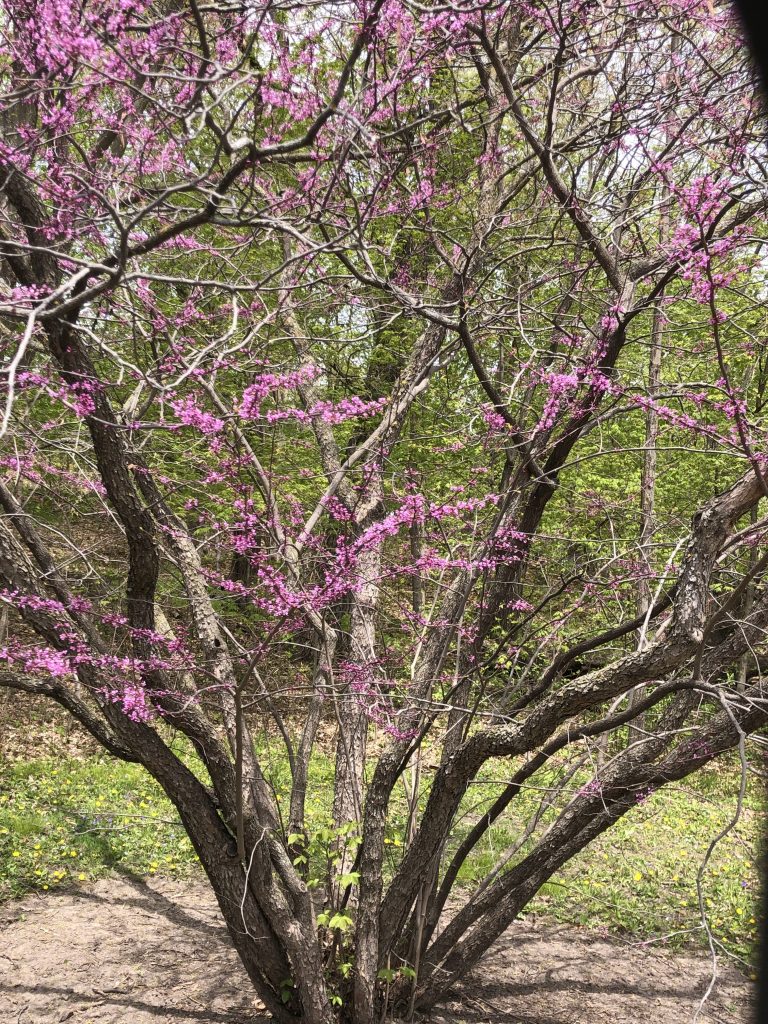
Notably, Achor highlights it is impossible to be happy 100% of the time. In fact, this type of unrelenting happiness is actually a disorder and indicates an unhealthy separation from reality. This is not what we should strive for. Rather, happiness is the belief that change is possible, no matter your circumstances. If we retrain our brains and intentionally rewire our perspectives— if we change our habits— we can boost our happiness in powerful, life-changing ways.
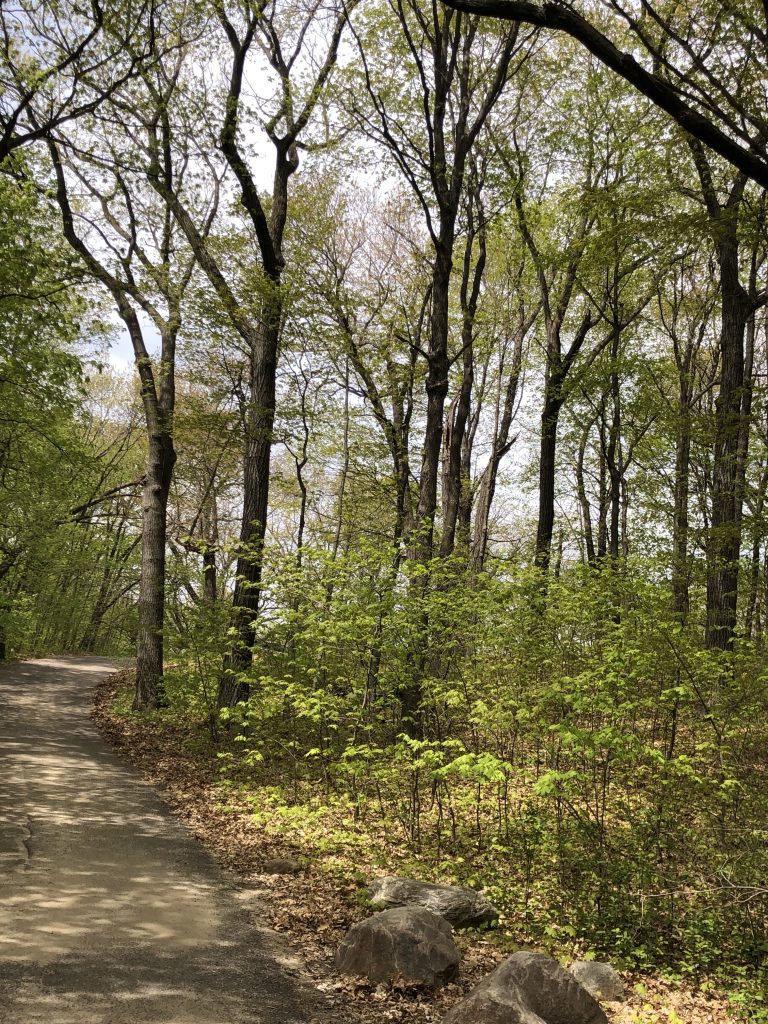
Retrain our brains? That sounds like it would require a huge time investment and a lot of work. But it doesn’t have to. Achor offers a practical tip we can all use to get started now: At the end of every day, scan for three new things you are grateful for. Write them down. Share them with a loved one. Say them out loud. This small practice exercises our brains to consciously find the good amidst challenge and uncertainty and ultimately changes the way we process the world. Achor argues it ultimately doesn’t matter what we are grateful for; rather, the power lies in the scanning, in the act of focusing on three new things to call out each day. If we continuously flex this muscle and embed this “gratitude ritual” into our daily routines, we can rewire our brains and create tangible mental shifts in as little as 21 days.
21 days of gratitude? That’s all it takes? Why not get started now?
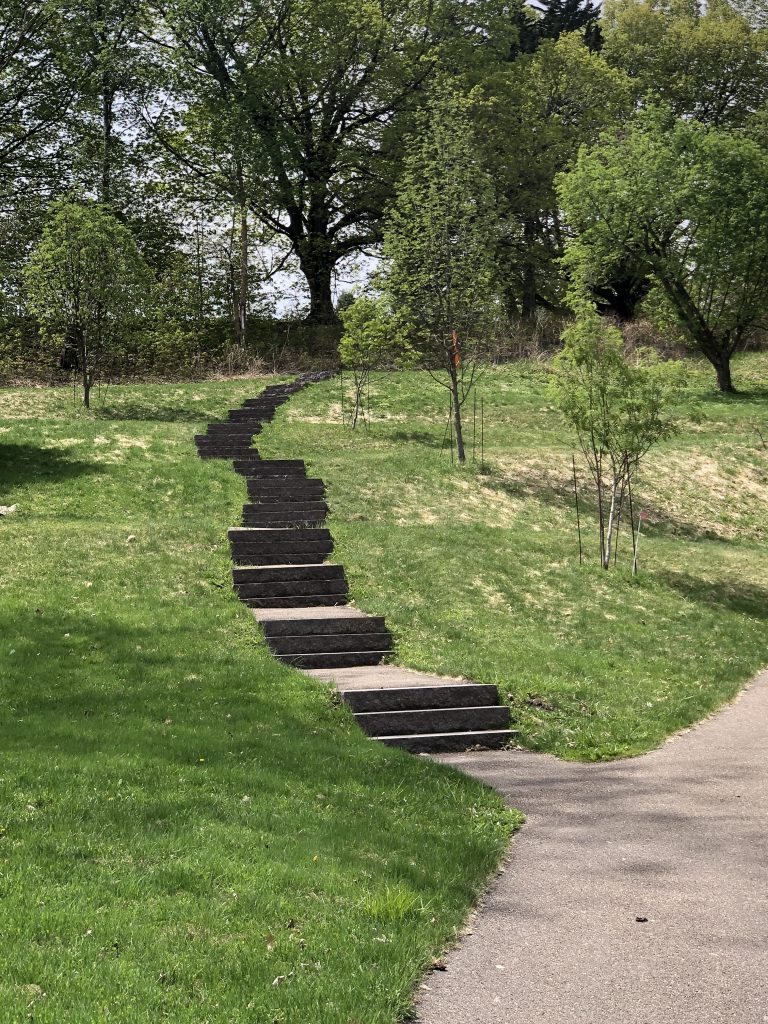
Working through my own gratitude practice, I recognized I am extremely grateful for nature and the opportunity to get outside whenever I can. Yes, this pandemic has left me feeling cooped up and a bit stir crazy at times, but I am thankful to experience this challenge as the weather begins to warm and the days begin to lengthen rather than in the middle of winter. I’ve noticed I crave outdoor time as a welcome escape and therefore continuously rack my brain for creative ways to experience nature in inspiring, unexpected ways.
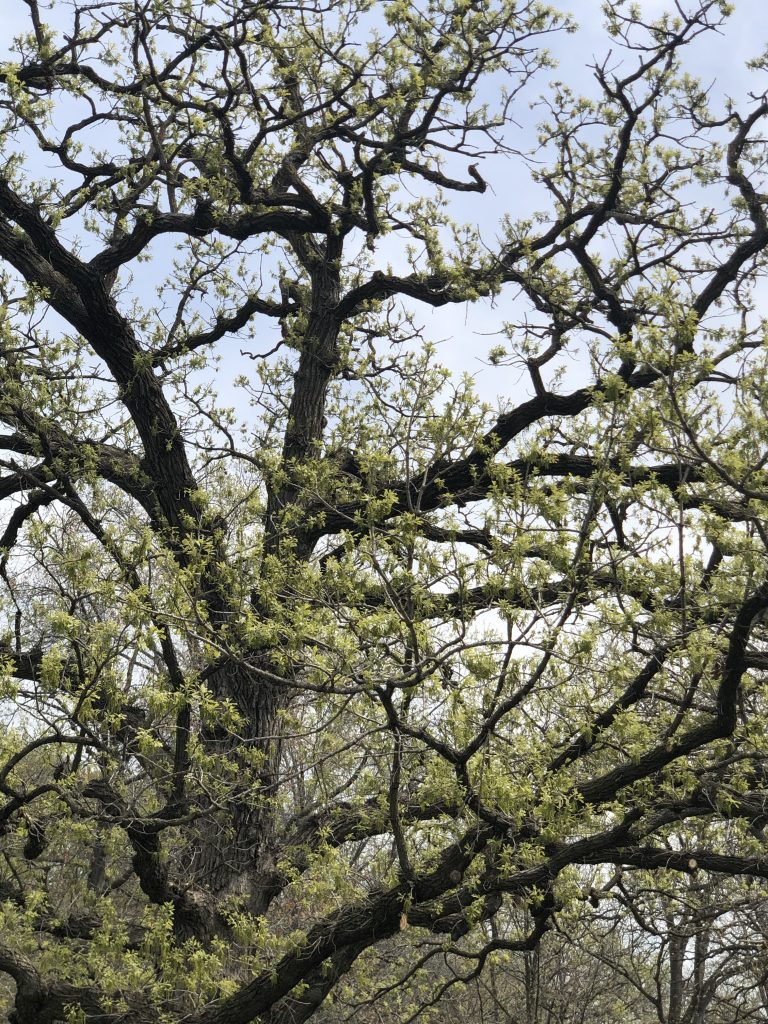
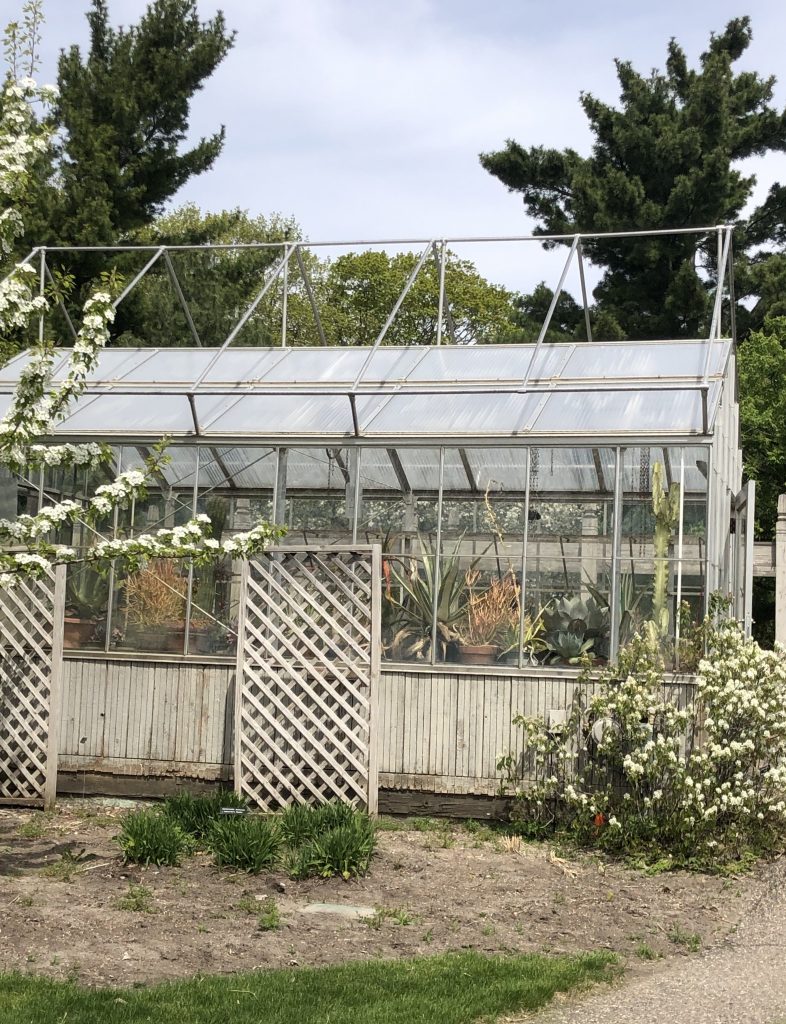
Last Friday the Minnesota Landscape Arboretum reopened its doors. In an effort to make nature accessible to the public again, the Arboretum collaborated with the University of Minnesota on a phased approach to practice appropriate social distancing and ensure visitor and employee safety. Beginning Friday, May 1st the Arboretum opened for vehicle-only traffic, allowing visitors to explore its scenic Three-Mile-Drive and enjoy over 39,000 blooming tulips from the safety of their own cars.
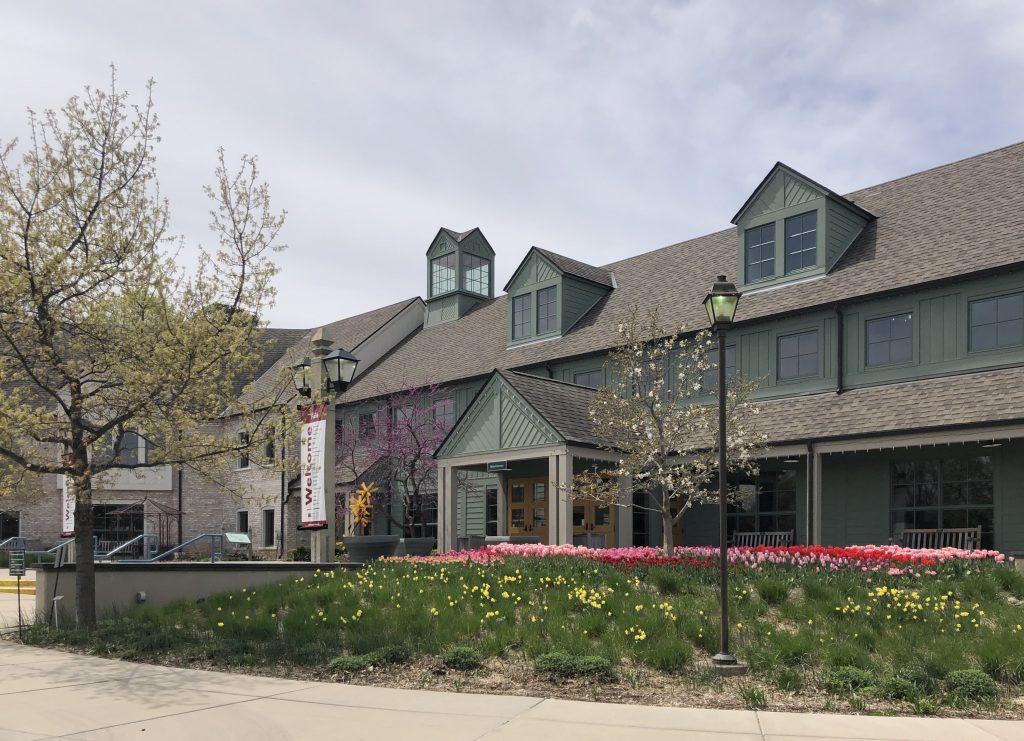
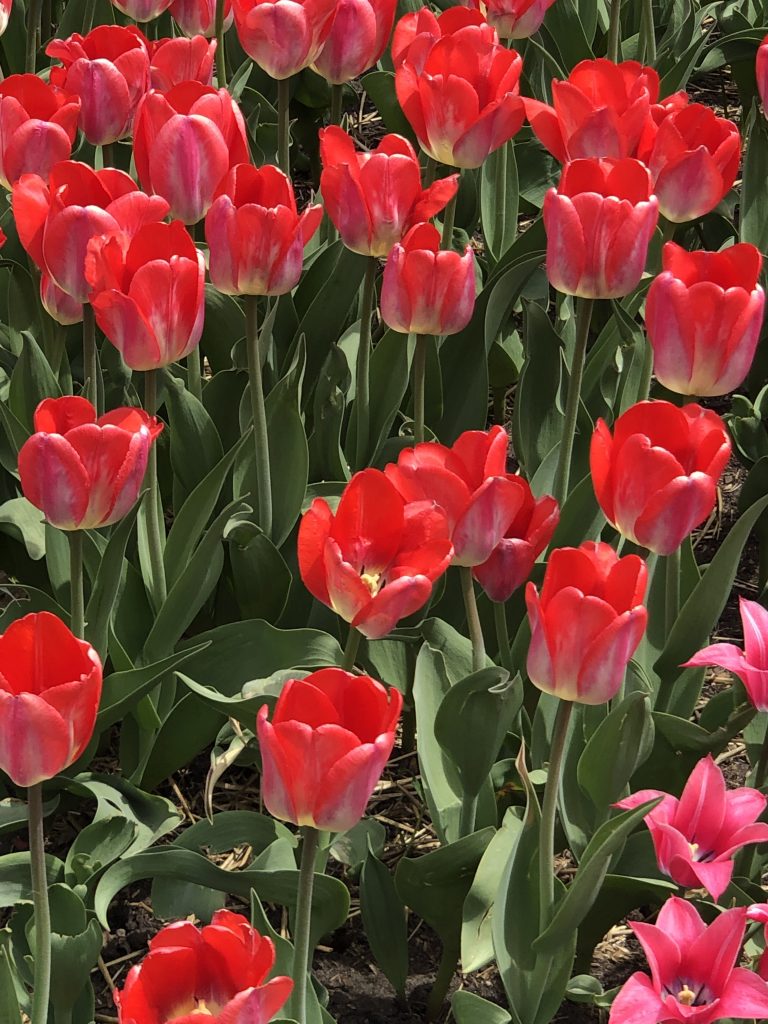
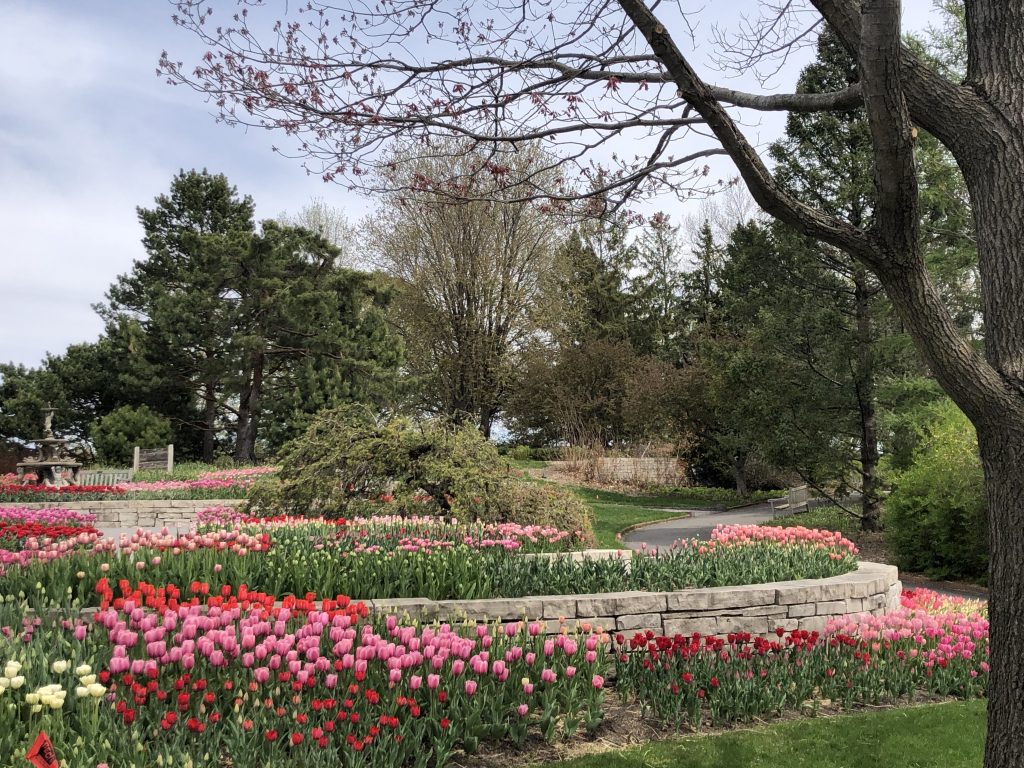
Deciding to treat ourselves with some time to “stop and smell the roses,” Cam and I made the short drive southwest of the cities to immerse ourselves in all things green. We were pleasantly surprised to enter a verdant paradise that offered a welcomed escape from the confinement of our new reality. While we weren’t permitted to step outside the car, we thoroughly enjoyed both the change of scenery and the ability to witness the beauty of spring in all her blooming glory.
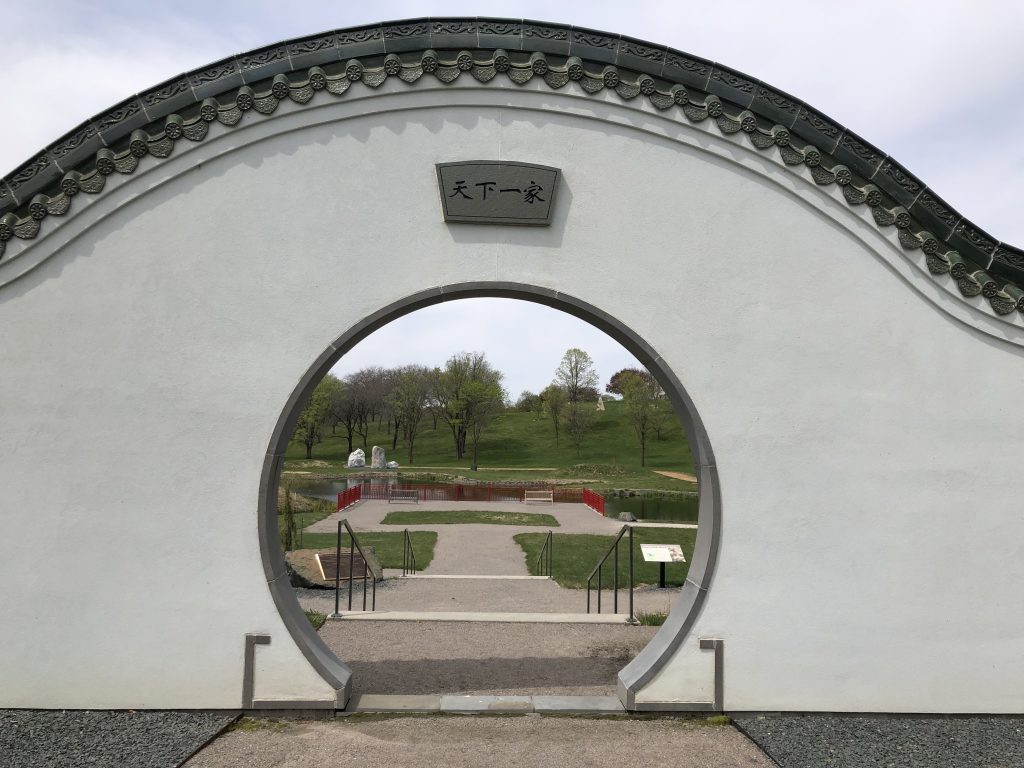
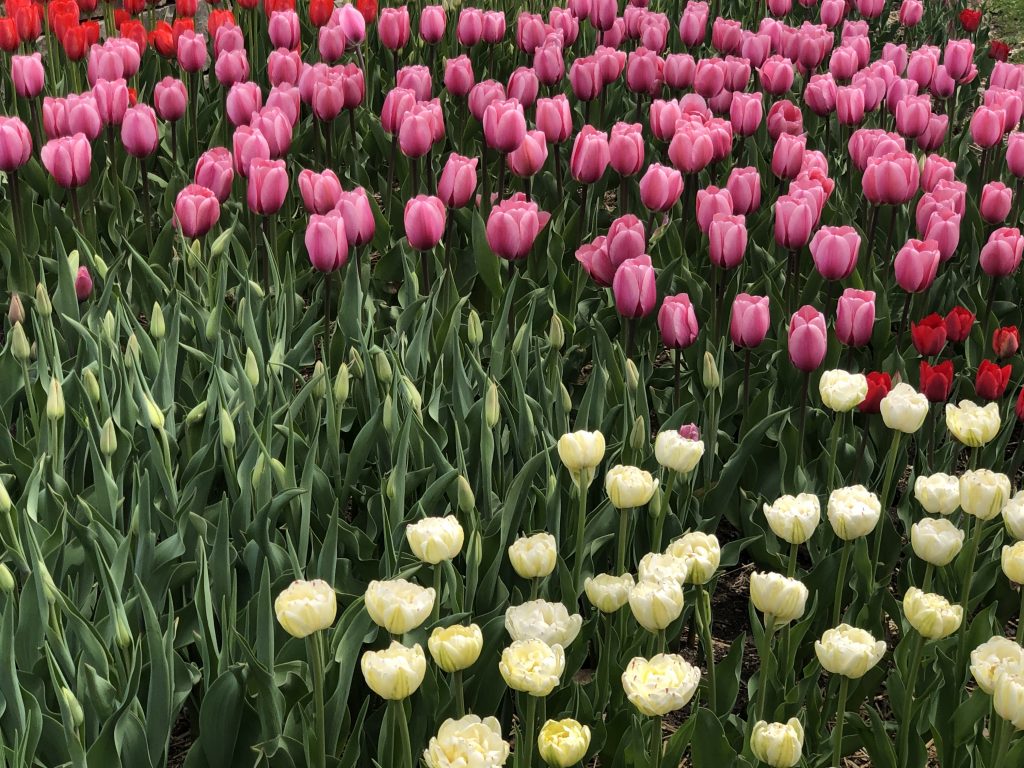
We snaked through willow groves and rows of maple trees, zig zagged through meandering grassy areas, and tiptoed through stunning beds of red, white, and magenta tulips. Throughout the drive signs proclaiming, “Welcome Back to Nature” greeted us warmly, and for a brilliant moment I was able to experience true joy and happiness.
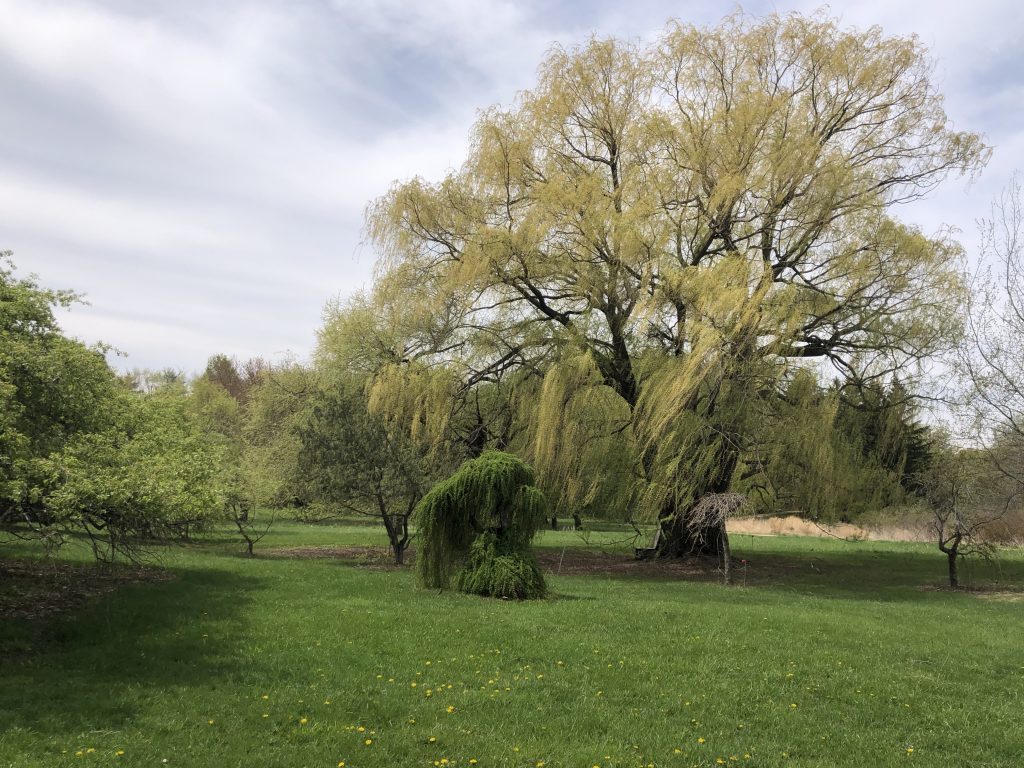
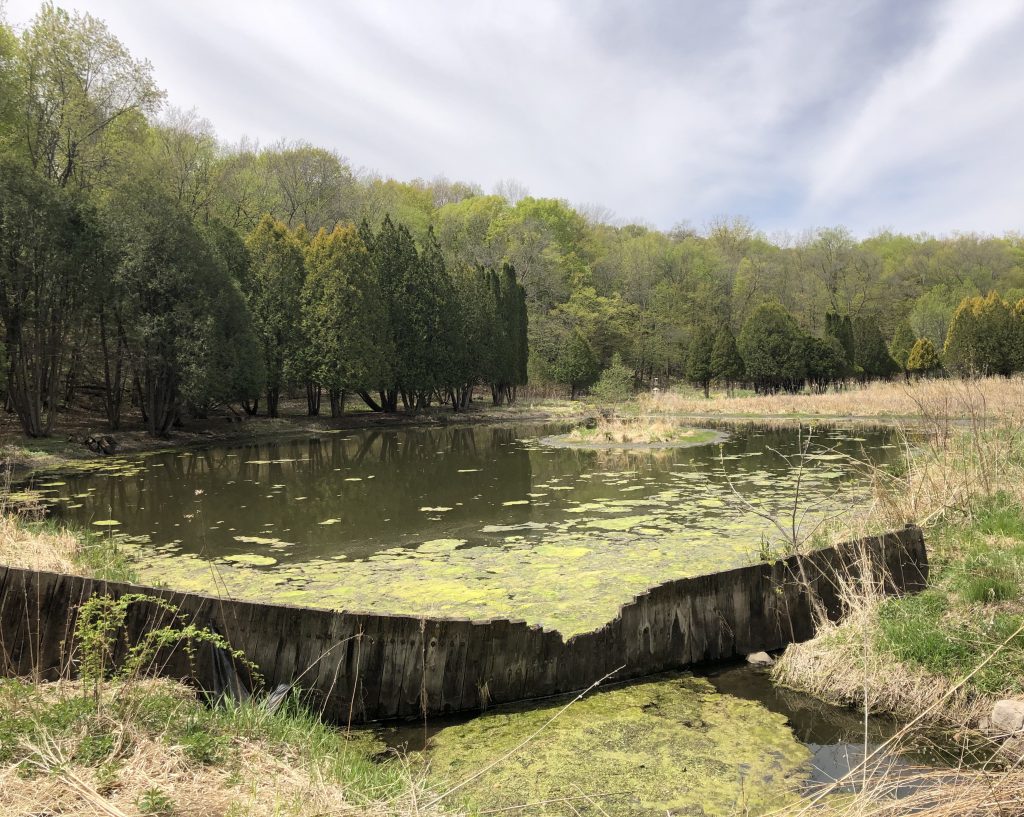
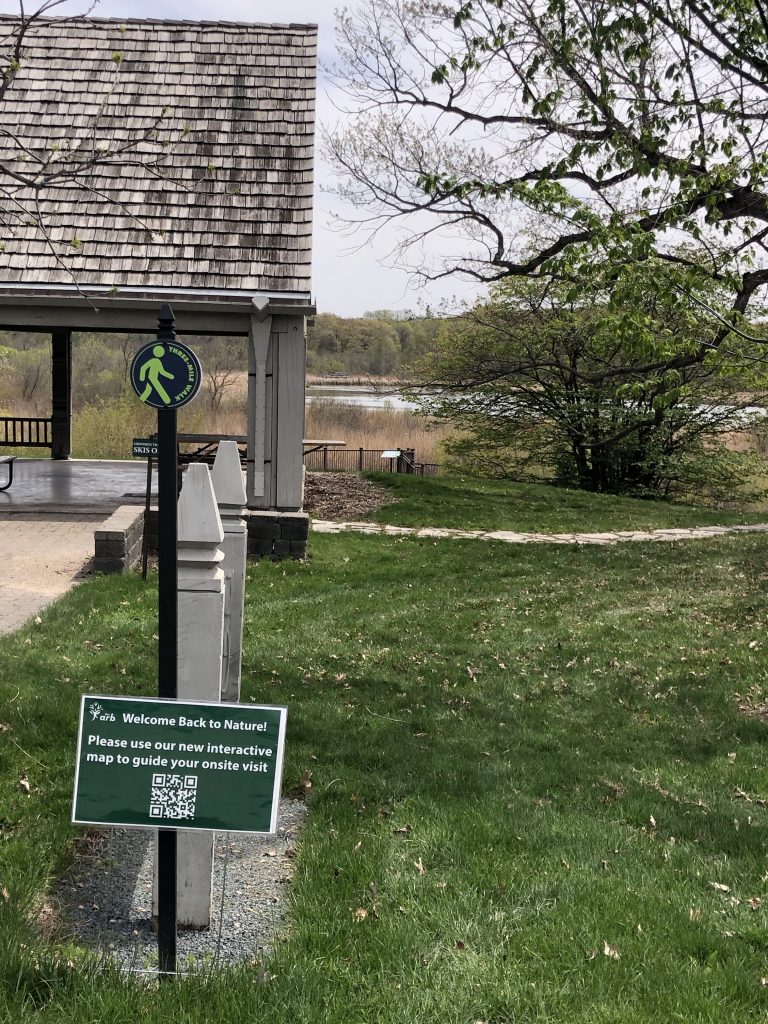
Sadness is okay.
Messiness is okay.
Uncertainty is okay.
But we cannot lose ourselves in these emotions, we cannot let ourselves get stuck in these places.
Rather, we must acknowledge disaster when it hits and then challenge ourselves to breathe transformative life into the elements that remain. Elizabeth Gilbert, literary genius and author of Big Magic: Creative Living Beyond Fear, captures this beautifully:
Whenever I hear myself using the word “disaster” I try to really remind myself of what that word means. It’s from Greek. It means “an exploding star.”
“Dis,” broken.
Star, “aster.”
It means a star blew up.
You know, that’s what a disaster is, which is kind of epic. It’s also how the whole universe started, and it’s worth risking… it’s how all creation began—exploding stars—so at least when there’s a disaster and you can think of it that way, you can sort of take yourself out of the smallness and put yourself back into the grandeur of the universe… [thinking] “Well, I’m a star that just blew up.”
And, of course, we’re all made out of bits of exploding stars, so that’s where we come from. We are all born of disaster. It’s okay. It happens.
Embrace disaster. Invite disaster. Let disaster in and then rise from its ashes to create a new world.
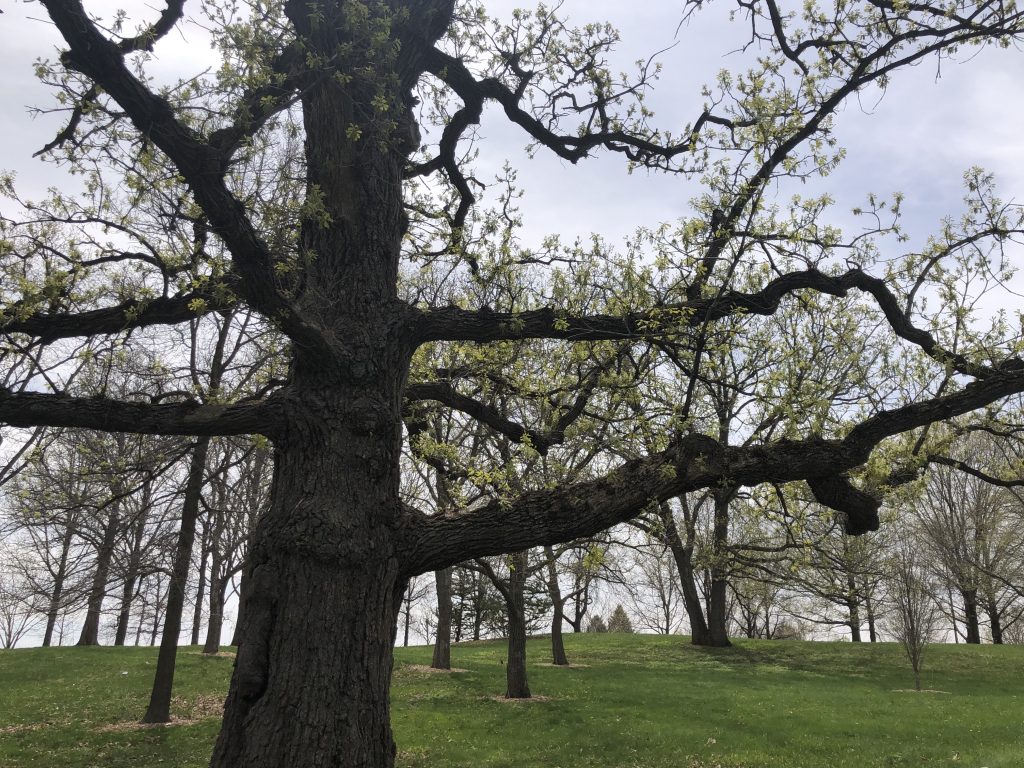
This time of our lives is scary and unpredictable. Coronavirus has ushered in heaps of uncertainty, sadness, and isolation. However, it has also fostered hope and plentiful opportunities for change and happiness we can intentionally recognize if we challenge ourselves to do so.
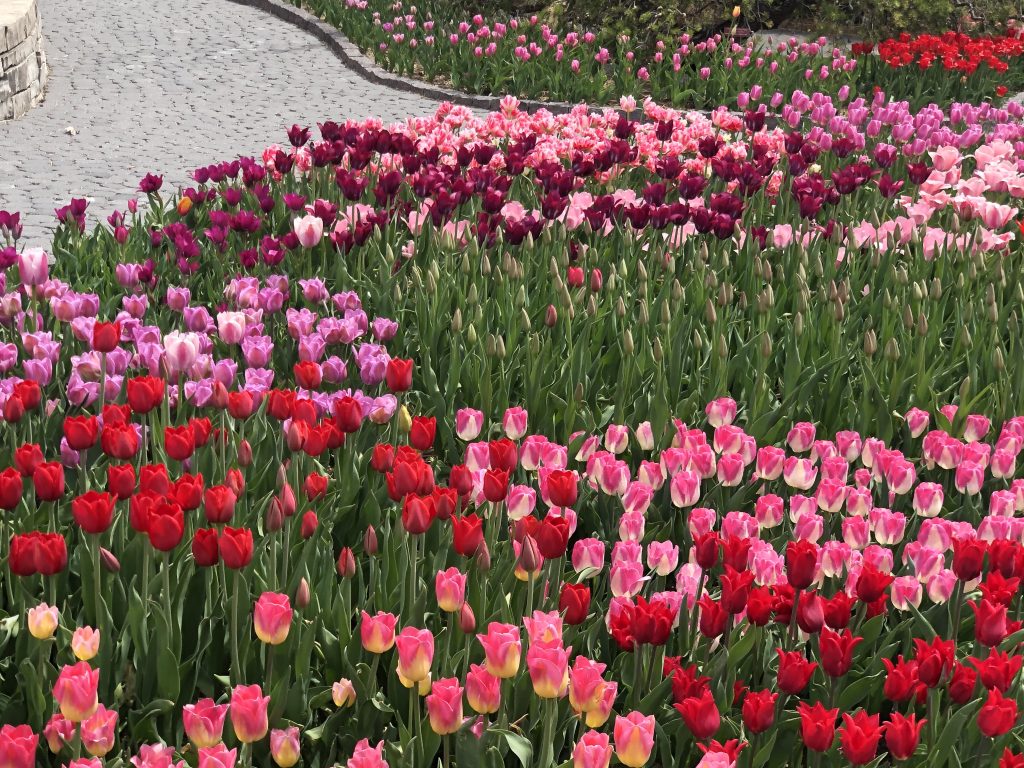
What do you hope continues when quarantine ends? What beautiful, different, perspective-shifting thing have you accomplished that you would like to do more of? And what, if anything, is holding you back from making that true?
As Gilbert so eloquently relays, when we make choices guided more by curiosity than by fear, life itself becomes a work of art.
When was the last time you were truly happy?
Why not now?
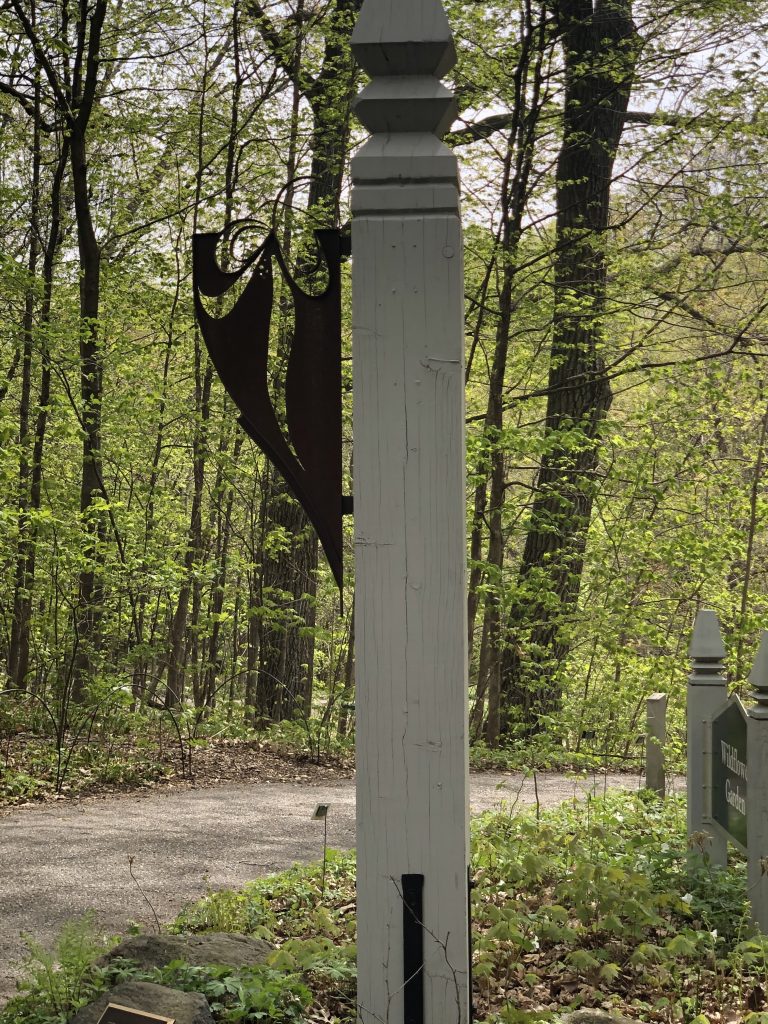



Comments are closed.